10 of the Very Best Studio Headphones for Mixing: Take Your Music to the Next Level
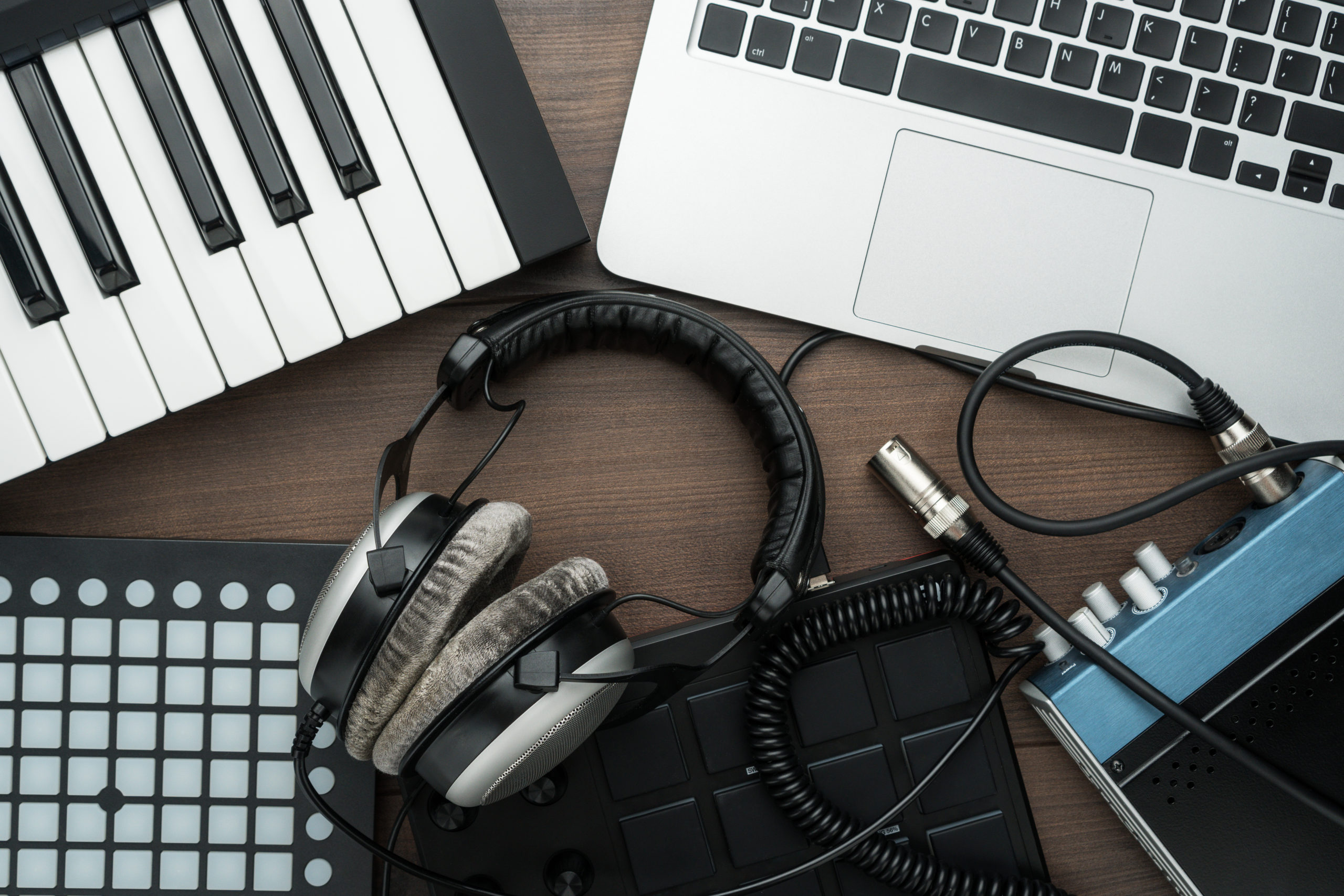
If music is your passion, a pair of good pair of studio headphones is essential. You need the right sound stage. Recording and mixing are just as much as an art form as playing an instrument or singing. In fact, developing the skills of an audio engineer or producer allows you an alternative route to both save and earn money while pursuing your passion.
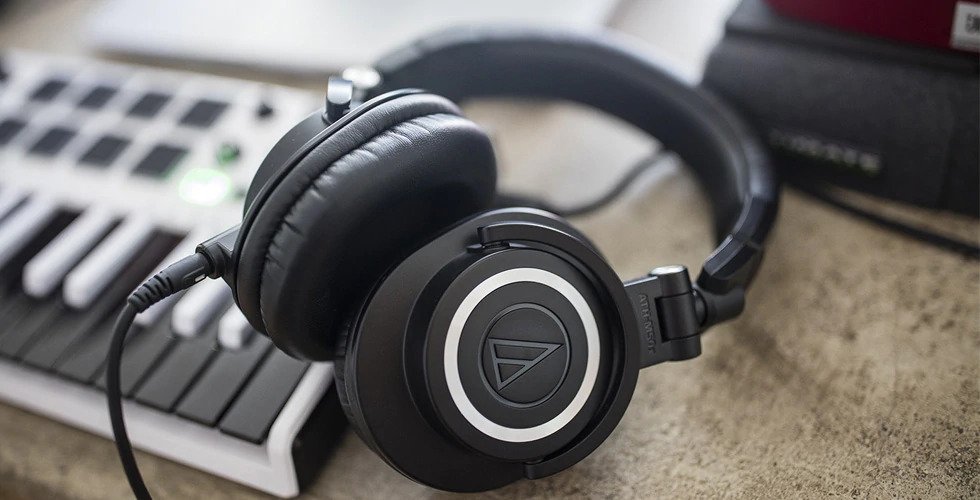
Knowing how to record, mix, and master music can help you meet other musicians and can set the stage for new and better opportunities. Your music is only as good as the mix, and to achieve the best sound, you better get the best studio headphones for mixing. It’s worth that noting that using ONLY headphones for mixing and mastering is not recommended. But they’re a great option when paired with a high-quality set of studio monitors with an accurate bass response.
A lot of factors go into choosing the best studio headphones for mixing. Some of the very best studio headphones for mixing are often expensive—but it’s always possible to acquire a great set of headphones at a reasonable price. In order to pick the best studio headphones for mixing, you should have some technical knowledge of your equipment and your recording conditions. I’ll go through some basic terminology to help you decide which are the best studio headphones for mixing for you.
FAQ About The Best Studio Headphones for Mixing
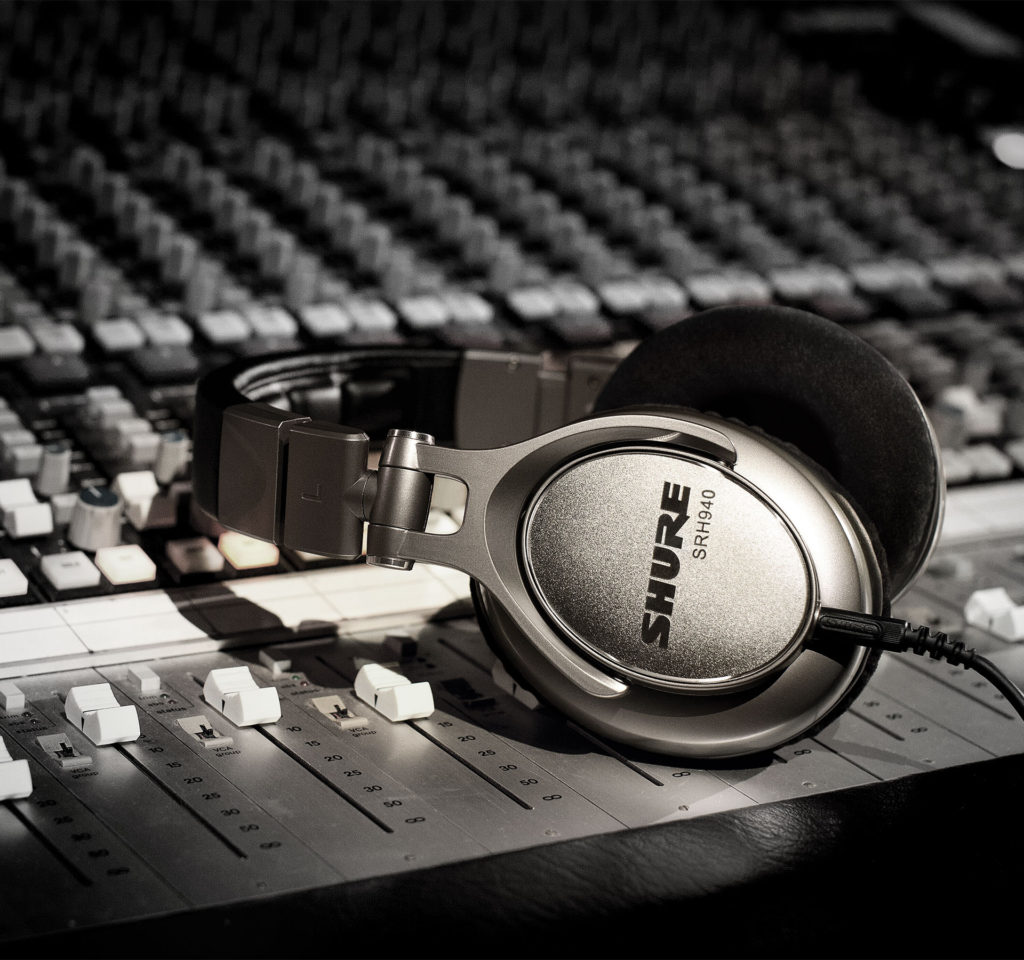
Whenever you begin a new artistic pursuit, always remember to listen to the people who came before you—but also be willing to try something new. Most audio engineers follow a similar practice, but that does not mean you have to adopt every one of their styles and techniques.
When you’re building your own home recording studio, you may be limited by your space and/or budget. There is a lot to learn, and your sound will not improve until you roll up your sleeves and get to work.
1. Should You Mix & Master With Headphones?
The standard practice for audio engineers is to use monitors to mix their music. However, modern headphones have improved in audio quality, and mixing with headphones is becoming more and more common.
The big advantage of mixing with headphones is that you don’t have to worry that the acoustics of your room might distort the sound. Headphones are also superior at allowing you to zoom in on a specific sound element in your track.
But, in the end, the answer is: USE BOTH. Switch back and forth every now and then and check in on how your mix sounds.
2. What Makes a Good Pair of Headphones?
A good pair of headphones should be:
1. Comfortable
2. Within your budget
3. Replicate sound accurately.
Comfort is a matter of personal choice. People come in all shapes and sizes, and a pair of headphones that might be perfect for one individual might be torture for another.
Budget is also a variable—but keep in mind that you don’t always have to spend top dollar to get a great set of headphones.
Accurate sound is determined by frequency response and by whether the headphones are closed or open back.
3. Do Open-Back Or Closed-Back Headphones Make the Best Studio Headphones for Mixing?
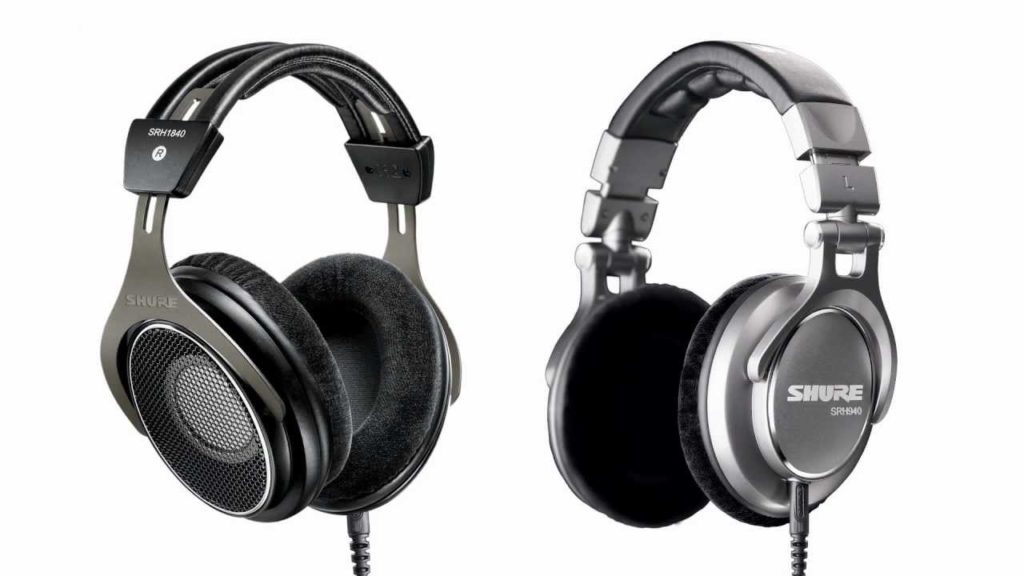
Standard practice dictates that closed-back headphones are better for recording. This is because open-back headphones can result in sound leakage being picked up by your microphone. Closed-back headphones are often thought to be better for mixing because they isolate the producer from the acoustics of the room. However, open-back headphones allow your ears to breathe, and often offer a wider, quality sound.
The reason for this is that closed-back headphones can insert distortion through the reflection of sound waves within the headphone housing. Meanwhile, professional-grade open-back headphones (also sometimes called reference headphones) don’t have that problem. The best models can accurately reproduce the sound of your track, without the typical alterations to the high and low end that usually pop up on commercial headphones or speakers.
So the answer here is: one is not necessarily better than the other when it comes to music production. Closed-back might make better recording headphones, while open-back can be superior mixing headphones. Both types of headphones offer awesome perks. If you can’t decide, there are also semi-open back headphones that achieve the best of both worlds.
4. What Is Impedance?
Impedance (measured in Ohms) measures how much power your headphones have to draw in order to create sound. High-quality studio headphones will often have a high impedance and sometimes require an external headphone amplifier.
5. What Is Frequency Response?
Frequency response represents the treble, mid, and bass frequency replication of a headset. The general range of human hearing is from about 20 Hz to 20 kHz.
However, headsets that can produce frequencies beyond this range will allow you to feel the ranges you can’t hear and can contribute to a fantastic sensory listening experience. The best studio headphones for mixing will have a wide frequency response range.
How We Reviewed The Headphones on This List
We looked at a variety of factors to determine the best headphones for mixing.
We examined open back, closed back, semi-open-back, and even a pair of earphones. We evaluated the products based on their price, frequency response, overall design, as well as other pros and cons relevant to each item.
It’s also important to note that our top pick wasn’t even the most expensive pair of headphones. So remember, price does NOT always determine quality.
Overall Price Range
The prices in our list of best studio headphones for mixing range from $35 to $1700.
The more expensive headphones offered superior frequency response, better overall durability, and had higher impedance.
Note that there was a point of diminishing returns after the $500 price point. The sound quality and features of headphones that cost more than $500 were superior, but the gains were minor after that price point.
The intersection of quality and value is in the $250 to $500 price range. The most expensive headphones feature frequency response outside of the human auditory range to detect.
What We Reviewed
- Beyerdynamic DT770 Pro
- Sennheiser HD 800 S
- Etymotic Research ER4SR
- AKG 701
- Audio-Technica ATH-R70x
- Hifiman HE400S
- Sennheiser HD 800
- Shure SRH 1540
- Samson SR850
- Focal Spirit Professional
Beyerdynamic DT770 Pro

Features
The Beyerdynamic DT770 Pros are available with 250 Ohm impedance. These are closed-back headphones that are ideal for recording because they don’t allow any ambient noise to interfere with the sound quality. The prominent bass is not ideal, but overall, these are a good choice for studio headphones at an affordable price.
- Pros Relatively inexpensive
- Great frequency response
- Great for recording and mixing
- Durable
- Cons Cable is heavy does not detach
Sennheiser HD 800 S

Features
The Sennheiser HD 800 S is like a luxury car that comes fully equipped with all the options. We’ll be taking a look at the slightly more affordable Sennheiser HD 800 a little later in this survey.
The 800 S offers both 6.3mm audio XLR connectors and XLR4 connectors. The 56mm ring radiator transducers are the largest available on the market. These headphones even direct sound to the ear at the optimal angle to enhance listening quality. A great choice if budget is not a big concern.
- Pros Massive ring radiator transducers
- Great stereo image / sound stage
- Clear, true sound—great for mixing/mastering
- 300 Ohm impedance
- 4-51,000 Hz frequency response
- Cons Relatively expensive
Etymotic Research ER4SR

Features
Most headphone mixing is done with over the ear headphones. But believe it or not, in-ear headphones are making strides even in the studio. If you prefer in-ear earphones, then this is the choice for you.
Etymotic manufactures some of the best earphones on the market. Keep in mind that in-ear headphones will have a much different frequency response—for example, the Etymotic has a frequency response of 100 Hz to 10 kHz—the smallest range of all of the headphones in our survey.
- Pros Lightweight
- Most accurate earphones on the market
- Portable
- Cons Smaller range of frequency response
- In-ear design may be less comfortable for long sessions
AKG 701

Features
At 64 Ohm impedance, these professional headphones have good protection against getting blown out, but you will likely need a headphone amp.
This is an Austrian brand, but note that the new models are being manufactured in China. The sound quality on these headphones is good, although we preferred some of the other headphones on this list.
Lastly, these headphones are known for being comfortable, even during long mixing sessions.
- Pros High impedance
- Comfortable
- Cons Made in China
- Poor frequency response
- Bulky
Audio-Technica ATH-R70x

Features
Open-back studio headphones are designed to eliminate the distortion that comes from the reflection of the sound wave on the headphones’ closed panel. The openness also creates a wider stereo field, creating more detail when panning your tracks.
The frequency response is from 5 to 40 kHz. The ear cups are somewhat awkward and cheaply-built—although these are very lightweight headphones at only 210 grams (7 ounces). The breathable fabric keeps your ears from sweating and is very comfortable for prolonged use
- Pros Open-back design
- Lightweight
- Comfortable fit for long mixing sessions
- Cons Frequency response tops out at 40 kHz
- Awkward ear cups
Hifiman HE400S

Features
This set of high-quality planar headphones has a terrific sound quality at a very affordable price. The range of frequency response is from 20 Hz to 35 kHz. At .250 grams (12 ounces), these are lighter headphones than some other models in our survey.
The open-back design creates a nice listening experience. The overall design is comfortable, although the earpads press together when not in use and create pressure when you wear them—this can enhance your listening experience, but may become uncomfortable after longer mixing sessions.
- Pros Good sound quality
- Affordable
- Ambient
- Cons May become uncomfortable during long mixing sessions
- Poor cable quality
Sennheiser HD 800

Features
These open-back studio headphones are for the crowd less worried about their budget. The headphones are lightweight, comfortable, and offer a stunning sound.
The frequency range is from 6 to 51,000 Hz (-10 dB). The superior sound comes from the patented 56 mm ring radiator transducers. These are among the largest dynamic drivers available in a commercial headphone. These headphones provide a terrific reproduction of natural, high-fidelity sound — good reproduction at all frequencies with no distortion.
- Pros Faithful sound reproduction, great monitoring headphones
- Comfortable
- Open-back design allows for a natural listening experience
- Cons Relatively expensive
Shure SRH 1540

Features
Super comfortable and with superior sound reproduction, the Shure SRH 1540 headphones are a great investment for anyone serious about their music.
The body features aluminum alloy and carbon fiber construction that is lightweight, strong, and very attractive to look at. The earpads are comfortable. The 40 mm neodymium drivers create a very warm and full bass and immaculate treble.
The frequency range is 5 Hz to 25 kHz. These headphones also feature dual exit detachable oxygen-free copper cables.
- Pros Comfortable
- Excellent sound quality
- Dual detachable exit cables
- Affordable
- Cons Come with lower quality cables
Samson SR850

Features
If you are on a budget, this is a great set of headphones to consider. Quality built and affordably priced the Samson SR850 is a smart purchase as you build your first at home recording studio. These semi-open-back headphones give you the best of both worlds, allowing you to isolate sound and get the benefit of enjoying your tracks in-room ambiance.
The cable does not detach, so if your cat gnaws on your cable you’re out the price of the headphones, but with a low sticker price, the Samson is easy to replace. Most producers enjoy having an extra pair of quality headphones at their disposal.
- Pros Inexpensive
- Semi-open-back
- Great sound reproduction
- Cons No detachable cable
- Heavier than most
Focal Spirit Professional

Features
This is a terrific set of quality studio headphones. The unit weighs in at a pound, but the head strap and ear pads make this a comfortable headset.
The audio quality is terrific, with no detectable distortion. The treble is more prevalent, and the bass is less prevalent than with other headphones making this set of headphones ideal for mixing.
The cables are detachable, and the package also contains a carrying bag. The overall design is sleek and will not get hung up on other equipment— Overall, great-sounding and great-looking set of headphones.
- Pros Perfect levels for mixing
- Detachable cable
- Comfortable
- Affordable
- Cons A bit heavier than others on our list
The Verdict
On A Budget? Meet The Samson SR850.
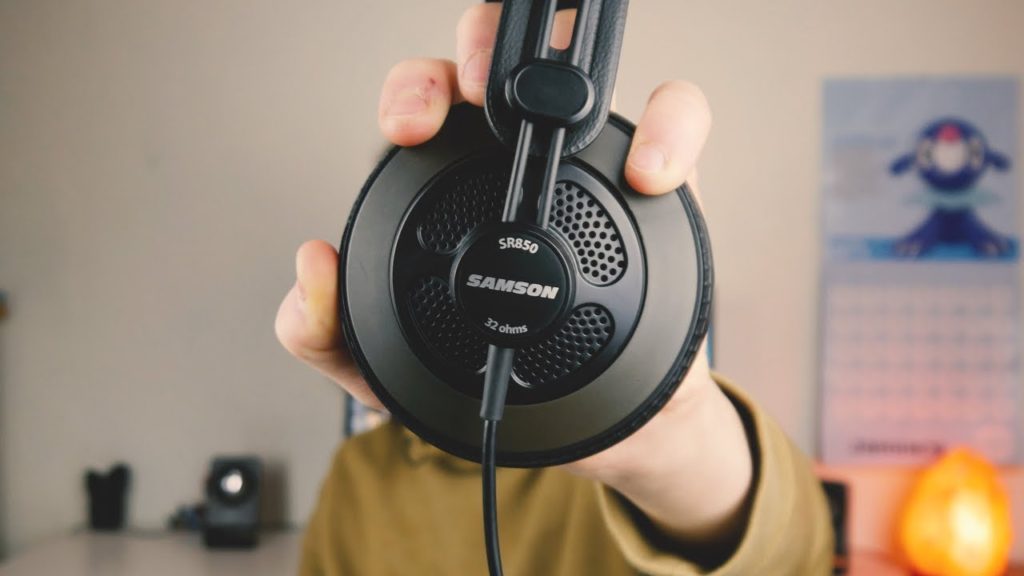
The best studio headphones for mixing for individuals on a budget are the Samson SR850 which are available for a price tag of less than $40.
The frequency range is very good, and the 32 Ohm impedance is enough to keep the headphones from blowing out on professional equipment, while not drawing so much power that they can’t be used elsewhere.
If money is no object, you should consider either of the Sennheiser options. The HD 800 offers considerable savings over the 800 S, but if you need the set of headphones that has absolutely everything then the Sennheiser HD 800 S is the only way to go.
The Best Sound Quality? Meet The Shure SRH 1540
Our favorite set of headphones for an overall terrific sound quality, high durability, comfort, and great value is the Shure SRH 1540.
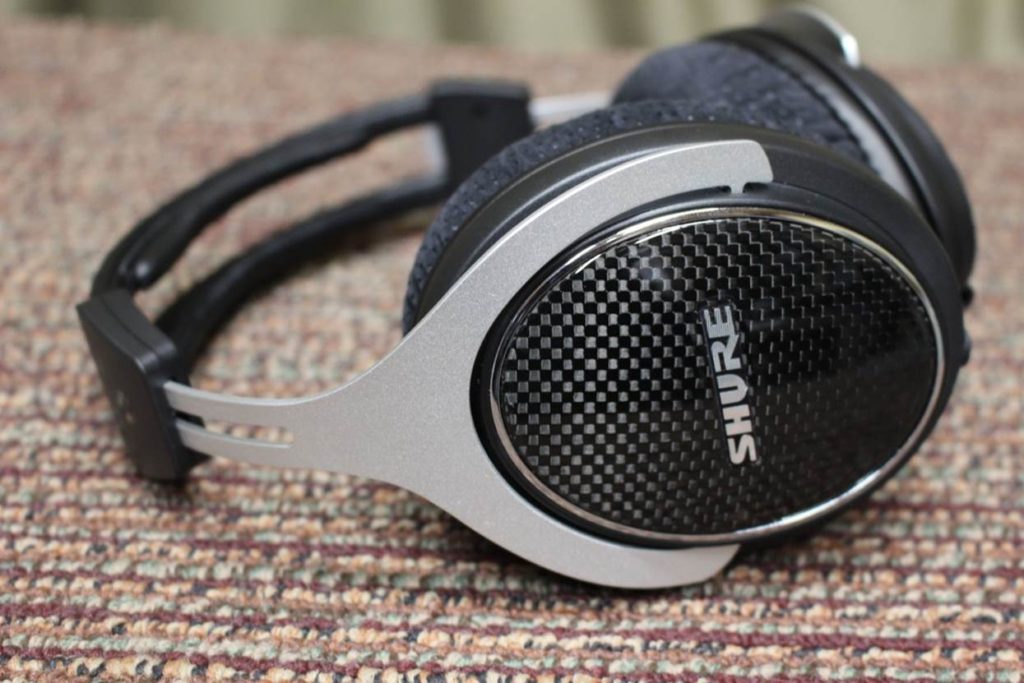
The Shure 1540s are right at the $500 price point, and are comfortable, stylish, and sound absolutely great. We prefer the closed-back design for home or studio mixing as the lack of sound leaking means we don’t have to adjust the acoustics of our room.
The build quality also puts the Shure SRH 1540 ahead of many of its competitors. With a 46 Ohm impedance, these headphones will not blow out, and the 5 Hz to 25 kHz frequency response will provide you with accurate sound quality that replicates frequencies beyond the human auditory range.
While most headphones are pretty easily replaceable, you should think of them as a long-term investment if you can. If you’re able to get a lot of milage from a pair that is built to last, you’ll wind up saving money in the long run. You’ll also develop a feel for the headphones themselves, and not have to readjust to new earpieces, headbands, and so on––and familiarity with these features will make your recording sessions more comfortable.
Wrapping Things UP
All musicians need to develop a basic familiarity with the process of studio recording. If you are ever fortunate enough to earn a recording contract, you’ll be well served by walking into a professional studio with an awareness of the recording process.
Building a home recording studio to practice audio techniques to help refine your sound can be the first step to a lucrative recording career. All the headphones we examined in our best studio headphones for mixing list can help you begin to capture accurate recordings of your unique personal sound.
Quality And Price Are Not Always Closely-Related
Don’t live with the misconception that you need to invest a massive amount of money to build an effective home studio. With the best studio headphones for mixing, you can capture an accurate track of your sound for demo tapes, or for sale at your band’s appearances.
Any audiophile will find that it’s worth investing in a good set of studio headphones. The minimal investment cost of the best studio headphones for mixing will improve the quality of your sound and help your music stand out from the crowd.
Honorable Mentions: 8 Additional Options
- Beyerdynamic DT 990 Pro
- Sony MDR-7506
- Sennheiser HD 650
- AKG k701
- Sennheiser HD280 Pro
- ATH-M50x
- AKG K240
- Shure SRH1840
Source URL: https://www.audioegghead.com/best-studio-headphones-for-mixing/
- Art
- Causes
- Crafts
- Dance
- Drinks
- Film
- Fitness
- Food
- الألعاب
- Gardening
- Health
- الرئيسية
- Literature
- Music
- Networking
- أخرى
- Party
- Religion
- Shopping
- Sports
- Theater
- Wellness

